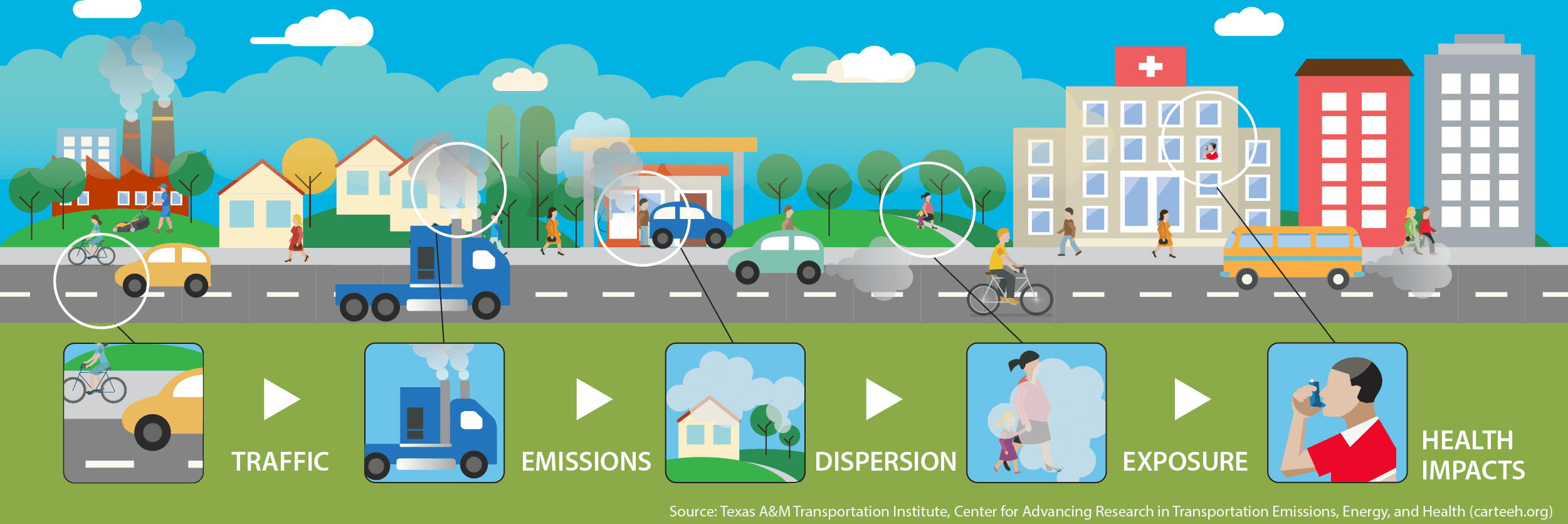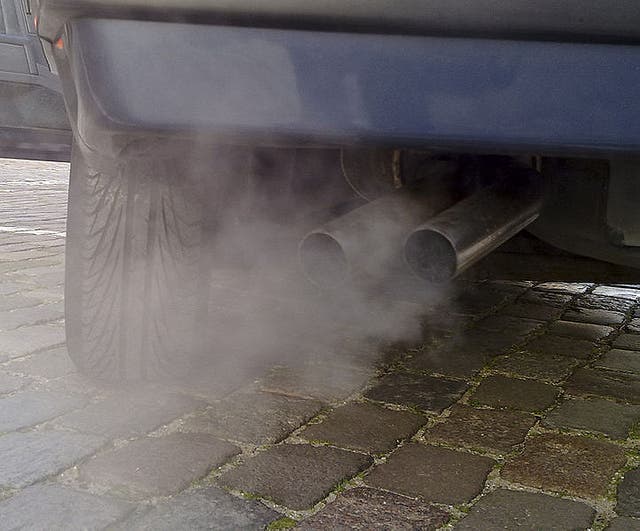The number of asthma cases has been sharply rising. The number of people with asthma has doubled from 1990 to now. One key reason is the increase in air pollution. Researchers from the University of Leeds have constructed a model for the borough of Bradford, and found that up to 38% of all cases of childhood asthma could be attributed to air pollution.
Asthma is a long-term inflammatory lung disease that includes symptoms such as coughing, wheezing, and shortness of breath. It can affect quality of life, because the episodes can occur on a daily or weekly basis and worsen with exercise or during the nighttime. It is important then to figure out what it is that causes childhood asthma in order to reduce its occurrence.

The researchers’ models included traffic, emissions, atmospheric dispersion, and health impact assessments. The team modeled the degree of air pollution in the city and determined how much of it could then be traced to traffic pollution. By estimating nitrogen oxides levels, they could also estimated the nitrogen dioxide concentrations, which are air pollutants caused specifically by road traffic. Large amounts of them in the air can irritate the respiratory system and worsen respiratory problems.
Traffic related air pollution were found to cause more than 12% of childhood asthma cases.
“However, we knew our model was underestimating the traffic related fraction of air pollution. When we adjusted our results using actual measurements of air pollutants we saw that up to 24% of the annual cases could be attributable to traffic related air pollution,” said study co-author, Professor Mark Nieuwenhuijsen, Director of the Urban Planning, Environment and Health Initiative at ISGlobal, a centre supported by The “la Caixa” Foundation.
The reason why this research is particularly relevant for the city that it was conducted in is that they have high childhood asthma rates and higher then average emergency hospital visits for asthmatic children.

“Our work demonstrates that while popular initiatives such as stopping vehicles from idling outside schools or providing walking routes away from roads are important, proposed solutions to mitigate traffic pollution shouldn’t be restricted to localised areas. New policies aimed at reducing the effects of traffic-related air pollution need to target each link in the full chain of events — from traffic volume and type, to exhaust and non-exhaust emissions, to dispersion to exposure,” said the study’s lead author Dr Haneen Khreis carried out this research while at the Institute for Transport Studies at Leeds.
Beyond just treating the symptoms of asthma, measures need to be taken to reduce factors that can cause it. Cities need to take more aggressive measures to reduce traffic related air pollution. Many densely populated cities, like Paris and Hong Kong, have been facing terrible air quality and smog problems. Some cities and countries have been taking initiatives. In Germany, older cars that do not pass emission standards are not allowed to enter cities and many city centers are closed to traffic. In Denmark, each resident that does not own a car receives a sum of money each year. Increasing fees for driving in a city, banning driving in a certain area, or providing incentives for not owning or driving a car are some approaches that could be used to decrease traffic related air pollution. Whichever way, it is important for cities and countries to take measures to decrease air pollution.
The paper Full-Chain Health Impact Assessment of Traffic-Related Air Pollution and Childhood Asthma by Haneen Khreis, Kees de Hoogh, and Mark J Nieuwenhuijsen is published in Environment International.





